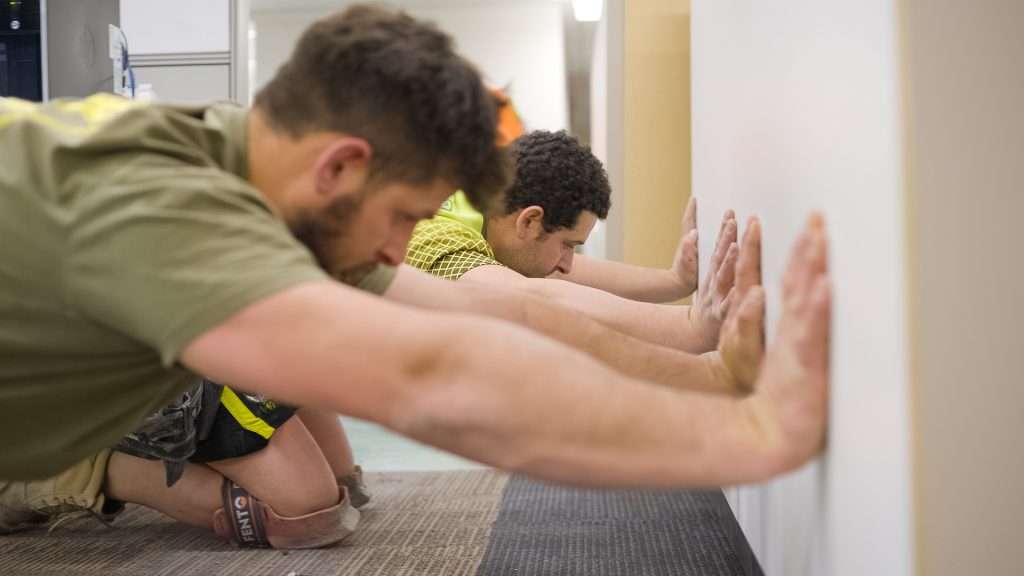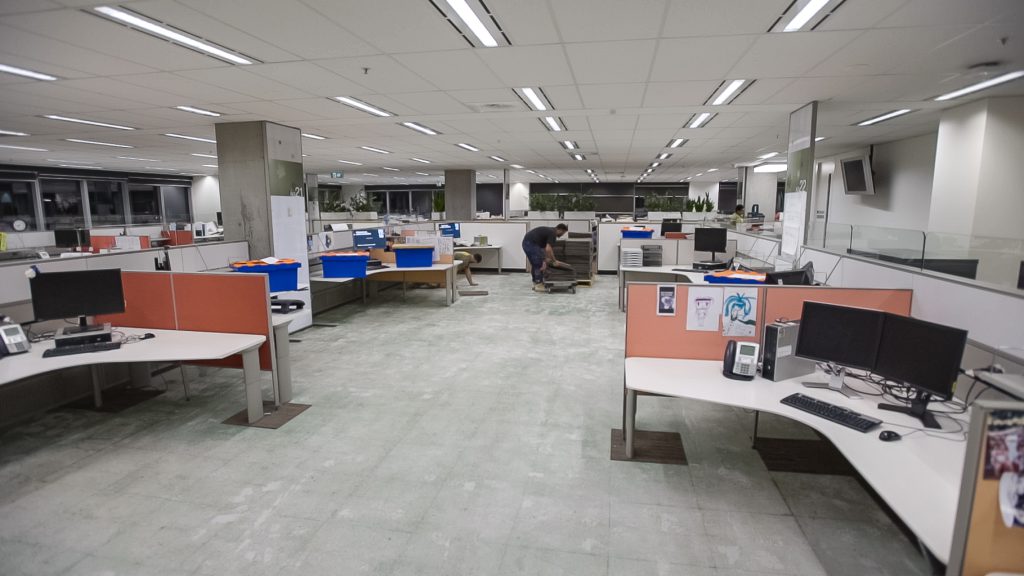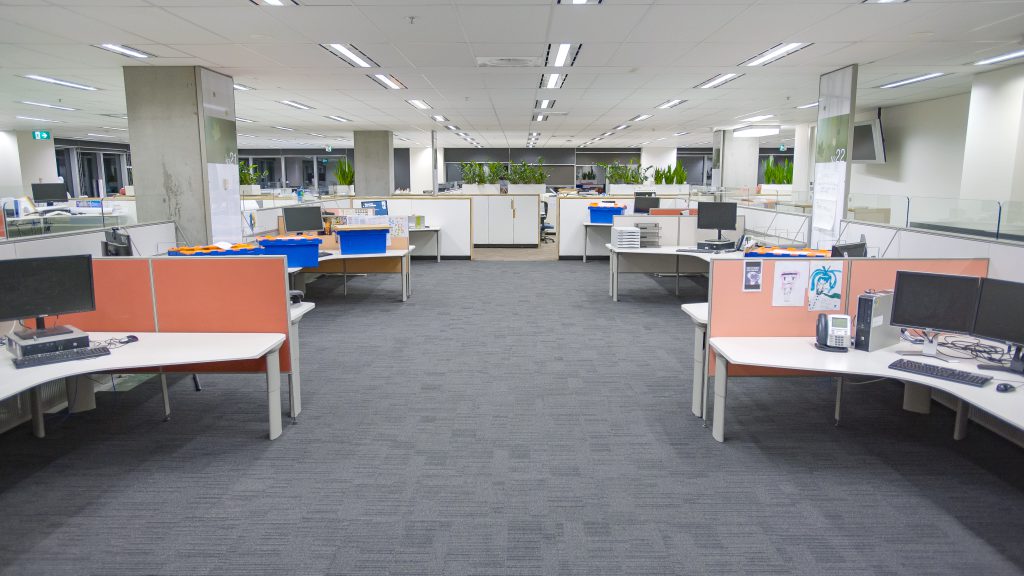Architect/ Designer:
Project: Knight Frank and Real I.S., ACT, Australia
Segment: Workplace/Office
Products:
Project Size:
21 Genge Street, a recent watershed project for Knight Frank on behalf of their client Real I.S. in Canberra, Australia, has demonstrated the environmentally positive, and commercially profitable, benefits to be made via end-to-end sustainability.
Achieving scalable and high impact yields throughout the value chain from realtor to supplier, asset owner to end tenant – and meaningful gains in environmental sustainability above all. With this project, Knight Frank announced a commitment to specify environmentally responsible building products through its managed assets.
“Commercial facilities managers and project managers are active in searching for new technologies and products that redress high energy consumption for more positive environmental impacts. The commercial property market is constantly changing and evolving, so it will only become more vital for senior property professionals to be able to identify strategies and initiatives which deliver real value for their clients and tenants.”
– Carrington Wroe, Associate Director of Asset Management Services, Knight Frank.
Interface and Knight Frank share common ideological ground and influence as thought leaders in the culture of the built environment. Through the unique recycling model, ReEntry® – Interface reclaims carpet at end of life to be remanufactured into new carpet time and again, adding to the circular economy.
For Knight Frank and Real I.S., this innovative model harboured substantial potential to elevate the sustainability profile of the 21 Genge Street premises. According to Carrington Wroe, associate director of asset management services at Knight Frank,
“the client was supportive of the sustainability program through ReEntry, and demonstrated their own commitment to being active in implementing strategies through building upgrade works which minimise both the tenant’s and the landlord’s impact on the environment.”
Across an approximate 42,000sqm of floorspace, Knight Frank engaged Interface to reclaim carpet that had been in situ for the period of the prior tenancy (a decade). Interface was selected among other forerunners in its category due to the quality of the products, its localised operation, their key environmentally responsible values and the fifteen-year long performance warranty of the carpet tiles – a 150 per cent endurance improvement on the ten year expectation governed by leasing requirements for major tenants.
“The project is an exemplar for Knight Frank as well as its asset management teams and other clients. The end result was a project that was delivered on time, within budget, provided a high standard of office accommodation for the tenants and implemented a recycling program that recovered 100 per cent of the reclaimed product.”
– Carrington Wroe.
Using sustainability as a key driver, Knight Frank’s desire to devise a new culture in the commercial building sector reinforces the organisation’s leadership position within the industry, notably setting a benchmark for carpet replacement projects. More specifically, when procuring carpet manufacturers, Knight Frank recognised Interface’s engagement from the early phases of the project. “Through this”, says Wroe, “we were able to learn how Interface’s Mission Zero™ journey and ReEntry program strongly aligned with Knight Frank’s environmental and sustainability strategy.”
+Positive spaces. Better products. Happier people. Healthier planet.





